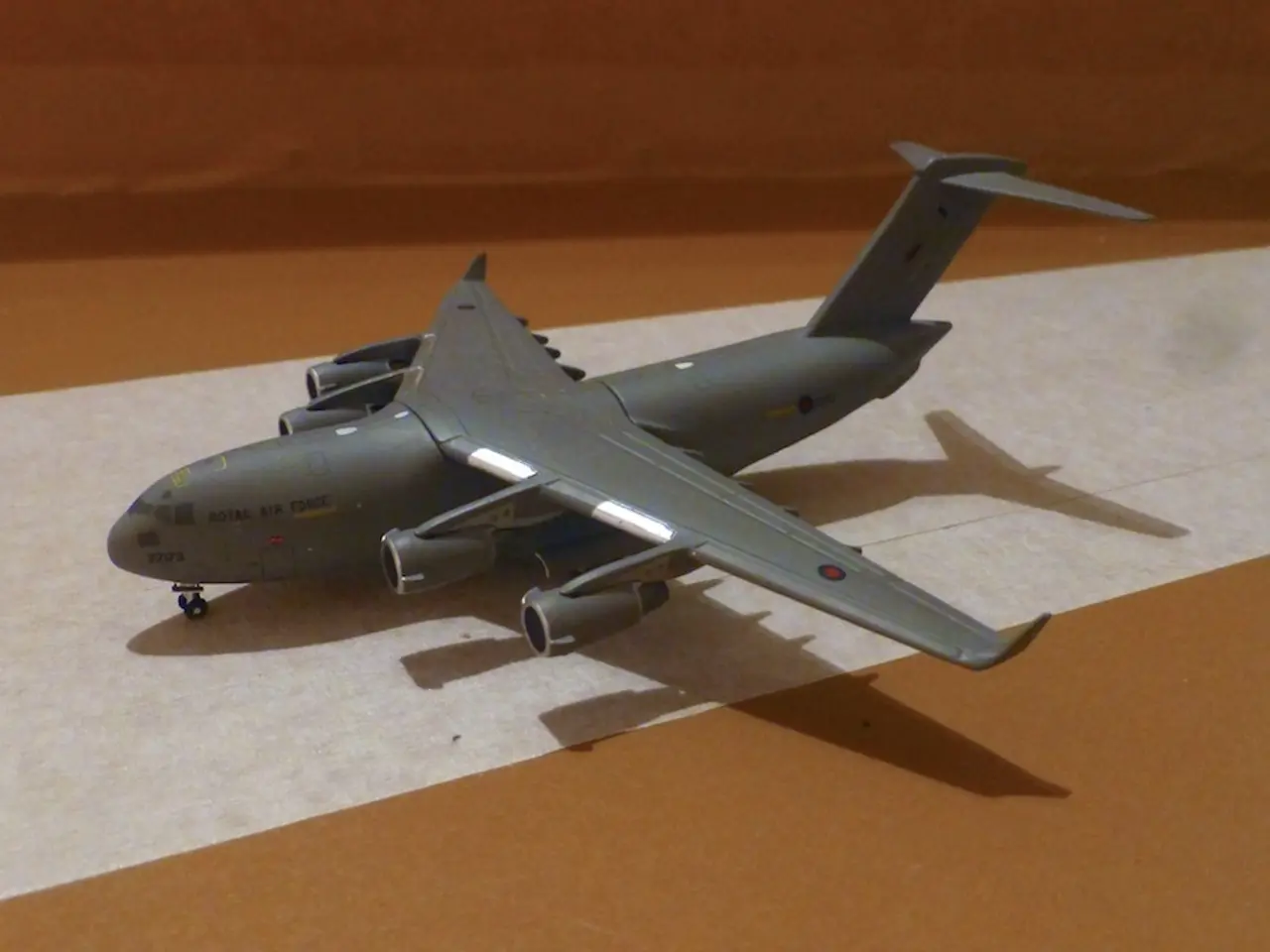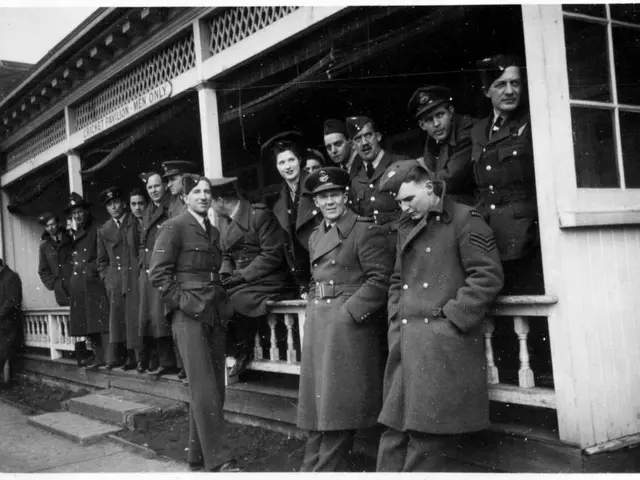Understanding TSO (Technical Standard Order): Its Functions and Operations
In the world of drone technology, safety and compliance are paramount. One key mechanism ensuring these standards is the Technical Standard Order (TSO) process.
What is a Technical Standard Order (TSO)?
TSOs are minimum performance standards issued by aviation regulatory authorities like the FAA for specific materials, parts, and appliances used on aircraft. For drones, TSOs apply to critical avionics and system components that affect safety and airworthiness. In essence, a TSO functions as both a guideline and certification path for drone components.
The TSO Certification Process
Manufacturers submit their equipment for evaluation against the TSO standards. This includes demonstrating compliance with required performance and safety benchmarks through testing, documentation, and quality control. Upon meeting these standards, the FAA issues a TSO authorization for the part.
TSO-Certified Components and Their Importance
TSO-approved components are crucial for drone makers targeting government contracts, enterprise deployments, or missions near airports and controlled zones. Common TSO-covered components include GPS systems, transponders (such as TSO-C199 for ADS-B), barometric altimeters, and flight control units.
TSO-certified components help manufacturers operate drones in regulated national airspace systems (NAS), especially for advanced operations such as Beyond Visual Line of Sight (BVLOS) flight or near airports. Incorporating TSO-certified parts streamlines regulatory approvals and boosts reliability and safety assurance.
The Impact of TSO on Drones
The TSO process for drone components aligns them with established aviation safety standards, facilitating their integration into controlled airspace and complex operational scenarios through verified safety, performance, and compliance documentation.
TSOs are especially relevant for drone avionics and navigation systems, detect-and-avoid technology, remote ID and transponder hardware, and flight termination systems.
Jacob Stoner and the Drone Community
Jacob Stoner, CEO of Flyeye.io, is a licensed commercial drone operator in Canada and has extensive expertise in the drone industry. His keen interest lies in the potential societal impact of drone technology advancements. In his leisure time, he indulges his passion for videography.
Recently, a TSO-certified Mode S transponder has been integrated into a long-range surveillance drone, with the FAA granting an expedited review of the BVLOS waiver application, acknowledging the transponder's compliance with trusted aviation-grade standards.
However, it's essential to note that TSO authorization is not always required for all drone components, but it's often essential for components used in regulated airspace or government applications. TSO approval does not guarantee operational approval; each installation must still pass overall system safety and integration assessments.
In conclusion, the TSO process plays a vital role in ensuring the safety and compliance of drone components, facilitating their integration into controlled airspace and complex operational scenarios. As drone technology continues to evolve, the importance of TSOs in maintaining safety standards will only grow.
TSO-certified components, such as GPS systems, Mode S transponders, and flight control units, are essential for drone manufacturers aiming to enter markets requiring safety and compliance, including government contracts, enterprise deployments, or missions near airports and controlled zones. In the expanding realm of drone technology, TSOs serve as a bridge to the established aviation industry, supporting integration into regulated national airspace systems and beyond, by enforcing safety, performance, and compliance standards.








